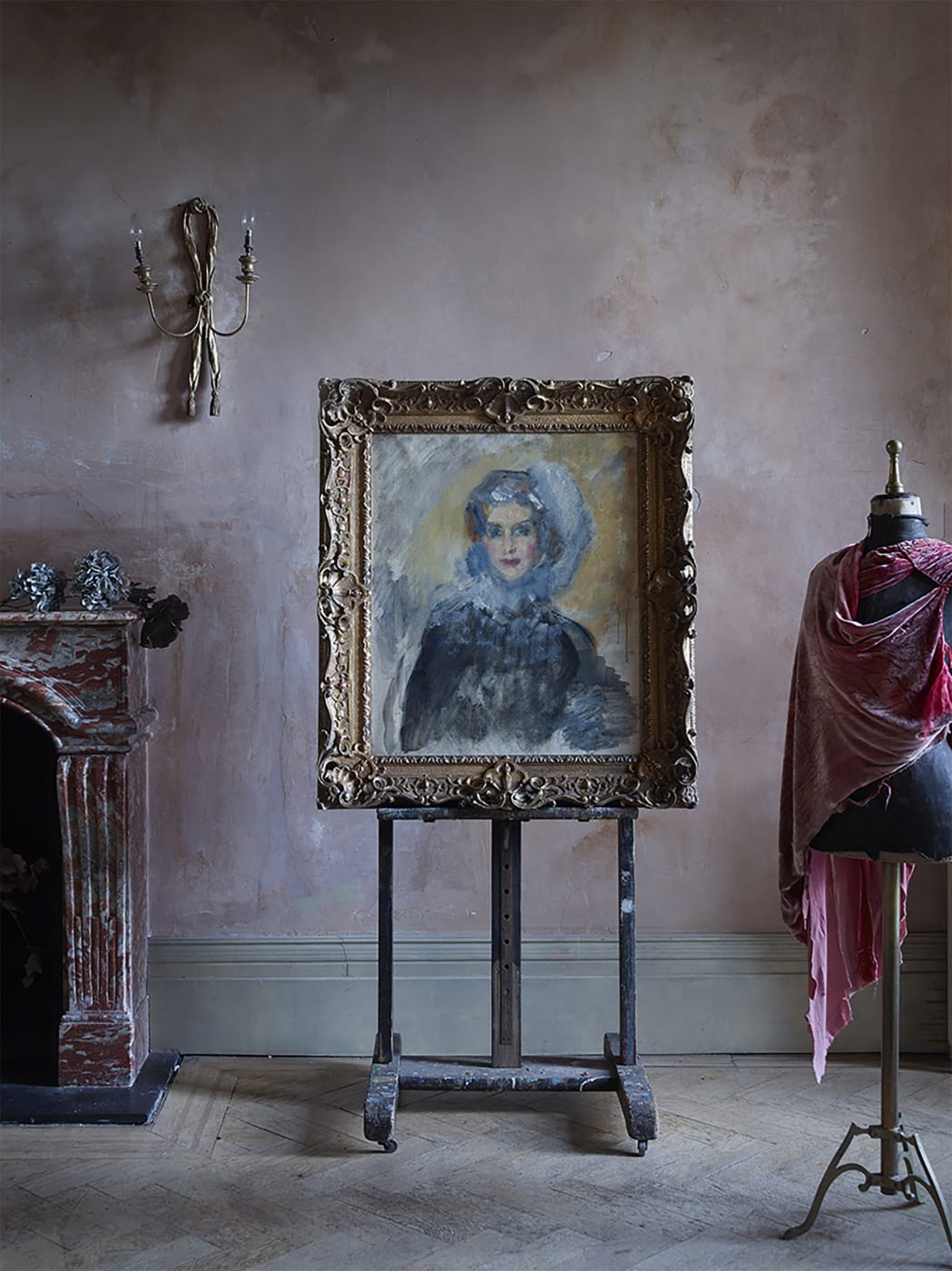Artist in Focus | May
Ambrose McEvoy
Despite being one of the most successful society portrait painters of his day, Ambrose McEvoy has until recently been overlooked. Born in 1877, McEvoy painted a plethora of important sitters throughout his career including Sir Winston Churchill and Lady Diana Cooper.
McEvoy demonstrated exceptional artistic abilities from a young age. Encouraged by his father, Captain Charles Ambrose McEvoy, and inspired by his father's great friend, James Abbott McNeill Whistler, McEvoy enrolled at the Slade School of Fine Art at the age of sixteen.[1] He studied at the Slade between 1893 and 1898, and became friends with contemporary Augustus Edwin John (1878-1961).
Following his time at the Slade, he rented a small flat in Chelsea where he lived and worked. In 1898, he became romantically involved with the painter Gwen John (1876-1939), sister of Augustus Edwin John, and the pair's painting style at this time shared certain characteristics. McEvoy soon established himself as a gifted genre painter; he explored rolling landscapes and intimate interior scenes however during the mid-1910s, McEvoy ventured increasingly towards portraiture and the demand for his portraits rose concurrently.
In 1915 he exhibited his famous work Madame at the National Portrait Society and the following year he was commissioned to paint portraits of several prominent society figures including Consuelo, Duchess of Marlborough and Maude Baring. These significant commissions gained McEvoy considerable recognition and firmly established his position as a fashionable society portrait painter.
However, as with many artists, his career was interrupted by the First World War and in 1918 he was attached to the Royal Naval division as a war artist and posted to the Western Front and the North Sea.[2] Whilst there, McEvoy painted several portraits of military commanders, many of which are now in the collection and exhibited at the Imperial War Museum.
In the years following the First World War, McEvoy's career and reputation grew from strength to strength and he was soon heralded as one of the most successful and fashionable English portrait painters of his day. His innovative style and florid methods endeared an emerging generation of young, wealthy and liberal-minded patrons. McEvoy's famed depictions of human character and beauty, particularly of women, became sought after and he maintained an illustrious list of clients spread between the United Kingdom and America, where he was represented for a period by the most celebrated international art dealer of the day, Lord Duveen.[3]
However, this youthful success was to take its toll on McEvoy and he tragically died in 1927, aged forty-nine. Shortly after his death, critics were in little doubt as to the significance of his work; 'the most refined aspect of early twentieth century society will live on in his work, and that alone ensures his position in history'.[4]
With over 150 of his works are now held in public collections across the United Kingdom and worldwide, McEvoy’s premature death was lamented by the public and artworld alike as shown by the distinguished critic A.C.R Carter who described McEvoy as ‘one of the most brilliant and promising students whoever passed through Slade School’.
[1] E. A. Akers-Douglas, (ed.) L. Hendra, Divine People: The Art & Life of Ambrose McEvoy, (London: Paul Holberton Publishing, 2019) p.28.
[2] Akers-Douglas, (ed.) Hendra, Divine People, p.24.
[3] Akers-Douglas, (ed.) Hendra, Divine People, p.176.
[4] “Ambrose McEvoy”, Country Life, vol. 13, issue 1619, 28th January 1928, p. 106.
[5] "Mr. Ambrose McEvoy." The Times (London), 5th January 1927, p. 12.






